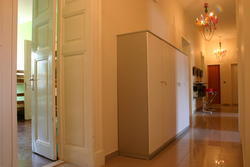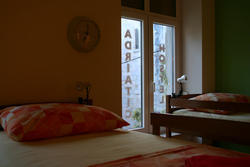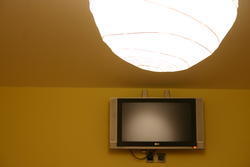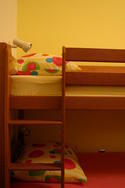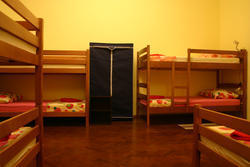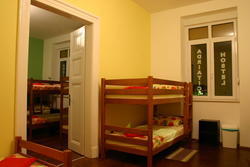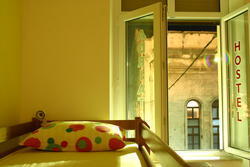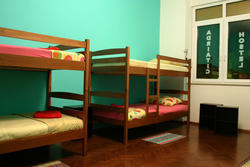Split is the economic and administrative center of Middle Dalmatia, with about 200,000 inhabitants.
It is also the jumping-off point for exploration of the coast and islands of the beautiful Croatian Adriatic. The site was first settled when, at the end of the third century AD, the Roman Emperor Diocletian built his palace here.
The importance of Diocletian's Palace far transcends local significance because of its level of preservation and the buildings of succeeding historical periods built within its walls, which today form the very heart of old Split.
Split's growth became particularly rapid in the 7th century, when the inhabitants of the destroyed Greek and Roman metropolis Salonae (present-day Solin) took refuge within its walls. The lovely ruins of Solin outside the city can still be explored today. In the Middle Ages, Split was an autonomous commune.
Many of Split's historical and cultural buildings can be found within the walls of Diocletian's Palace. In addition, numerous museums, the National Theatre, and old churches and other archeological sites in the Split region make it an important cultural attraction.
Split is a busy port, with an international airport and regular ferry services with the nearby islands, the north and south Adriatic, Italy and Greece. The merchant and passenger ships of the Split shipyards may be encountered in almost all the seas of the world. In addition, the city has large chemical works, metallurgy plants, and workshops for the production of solar cells. The fertile fields around Split represent a good base for agriculture, while cultural monuments, superb landscapes and unparalleled seascapes make it a tourist's wonderland. Split is also a university seat and host to numerous scientific institutions.
1995 marks an important anniversary year in Dalmatian cultural history. Exactly 1700 years ago, the Roman Emperor Diocletian began building his spectacular palace, where he spent the final years of his life.
Diocletian's Palace was strategically constructed on the Adriatic coastline, only four miles from Salona which was the capital of the Roman province of Dalmatia. White limestone was transported to the coast from the rich quarries on the island of Brac. This limestone is recognized as the finest quality in the world and it was used to build the many outstanding structures located in the Palace. One of these structures is the monumental Peristyle, which is among the most magnificent and unique historical courtyards in the world.
Today, the Peristyle captures perfectly the essence of the Diocletian's Palace. It is hang-out spot for the city's youth. Its character is a mixture of living history as well as modern culture. The Palace has molded the personality of down town Split, where most of the city's significant historical building are found as well as its most successful businesses or shops and cafes are located. Diocletian's Palace is one of the most unique architectural and cultural construct in Europe. Thus, its historical and cultural significance far transcends its local importance due to its extraordinary level of preservation.
Hostel's features
- Excellent location
- Custom designed , modern, new and spacious
- A/C + flatscreen TV in every room
- Huge common lounge with giant Plasma TV
- Gourmet kitchen, stainless steel appliances
- Laundry room, internet station
- All amenities near by, including ATM's, banks, post office, liquor store, bars, cafes, mini super market, fresh food market, fast foods, shops, beach, Riva (Riviera), etc.
Prices per day
- Jan 1 – Mar 31 ..................... 100 kuna
- April 1 – June 5 .................... 105 kuna
- June 5 – July 1 ..................... 135 kuna
- July 1 – Aug 31 .................... 195 kuna
- Sep 1 – Oct 31 ..................... 150 kuna
- Nov 1 – Dec 31 ..................... 100 kuna
*1 EUR = 7.54 kuna
CHECK IN:................11 am
CHECK OUT :............10 am


